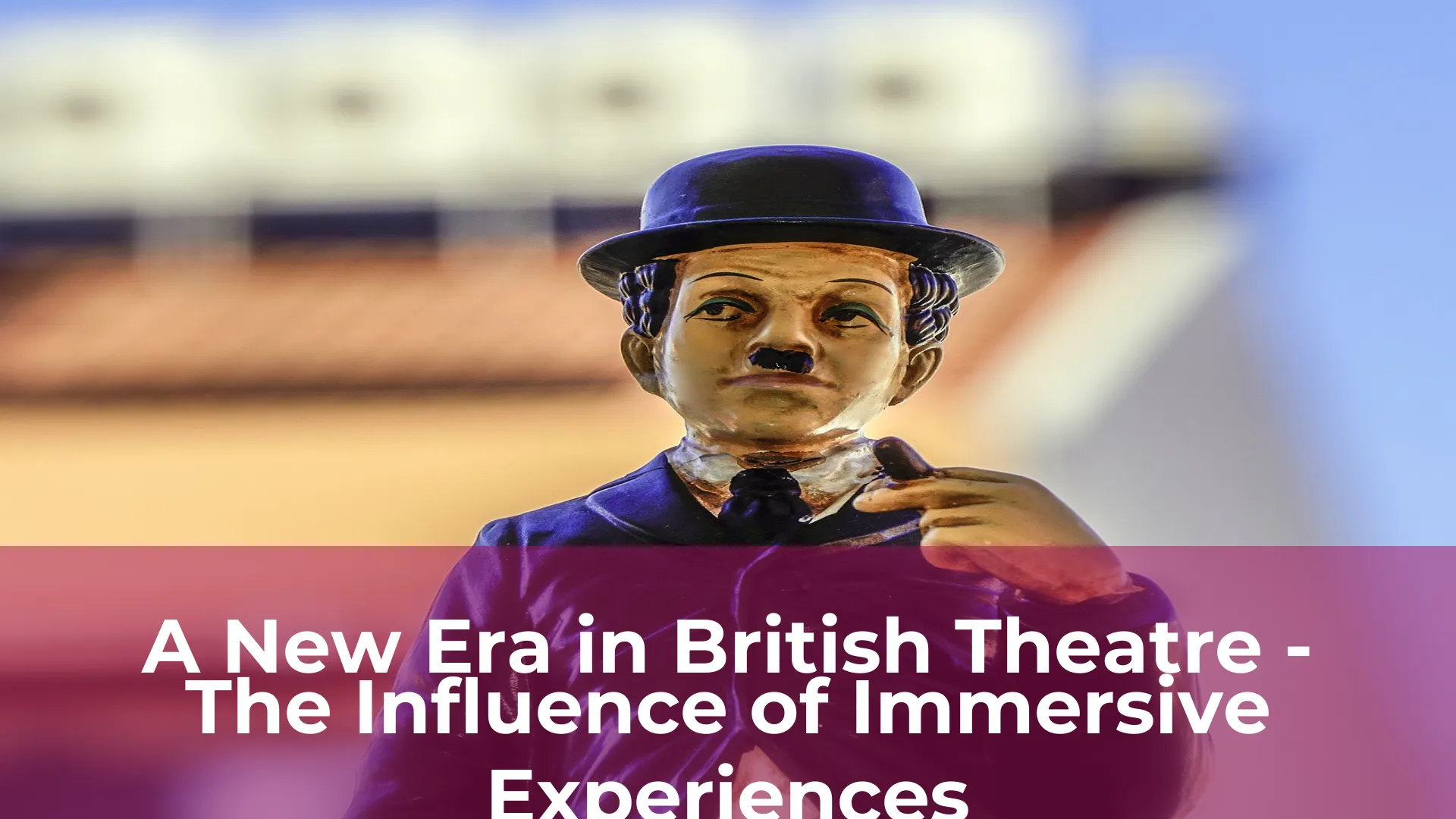Immersive theatre experiences are revolutionizing the British theatre scene, ushering in a new era of creativity and audience engagement. These productions are breaking down the traditional barriers between performers and audiences, creating an immersive and interactive experience that blurs the lines between reality and fiction. The use of innovative technologies, such as virtual reality and augmented reality, is enhancing the theatrical experience and adding an extra dimension to the performances.
What makes these immersive theatrical experiences so exciting is their ability to transport the audience into the heart of the action, allowing them to experience the story in a way that traditional theatre cannot match. Rather than simply observing the action, the audience becomes an integral part of the performance, with their reactions and choices shaping the direction of the production. From site-specific performances in unusual locations to multi-sensory experiences that engage all five senses, immersive theatre is pushing the boundaries of what is possible on stage and is an exciting development for the future of British theatre.
Introduction: A New Era in British Theatre
The British theatre industry is on the cusp of a new era, with the announcement of exciting new productions and the rise of fresh talent. From the West End to regional theatres, there is a buzz in the air as audiences eagerly anticipate what is to come. This is a time of change and innovation, as the industry seeks to respond to the challenges of the pandemic and embrace new technology.
One of the most significant developments in recent years has been the increased diversity and representation on stage. This has been a long-overdue shift, with more actors and creatives from underrepresented backgrounds finally getting their chance to shine. It is heartening to see the industry recognising the value of diversity and the importance of telling stories that reflect the world we live in.
Another trend that is gaining momentum is the blurring of boundaries between different art forms. Theatre is no longer confined to traditional stages and proscenium arches, but is being performed in unexpected locations and incorporating elements of dance, visual art, and music. This interdisciplinary approach is creating exciting new possibilities for storytelling and engagement with audiences.
The Rise of Immersive Theatre Experiences
Immersive theatre has been on the rise in recent years, revolutionizing the way we experience and engage with live performances. Unlike traditional theatre, which often separates the audience from the performers, immersive theatre breaks down that fourth wall and fully immerses the audience into the story. This type of theatre experience allows for a deeper connection between the performers and the audience, creating a sense of intimacy and inclusion that is unmatched by traditional theatre.
One of the most exciting aspects of immersive theatre is its ability to transport audiences to entirely new worlds. Productions can take place in unexpected locations, such as abandoned buildings or warehouses, adding to the immersive experience. This type of theatre is also highly interactive, with audience members often being asked to participate in the performance in some way. This creates a sense of agency in the audience and allows them to become active participants in the story being told.
As with any art form, there are some who criticize immersive theatre, arguing that it sacrifices the integrity of the performance in favor of spectacle. However, many argue that immersive theatre is simply a new and exciting way to experience live performances. As the trend continues to gain popularity, it will be interesting to see how theatre companies continue to innovate and push the boundaries of what is possible in a live performance.

